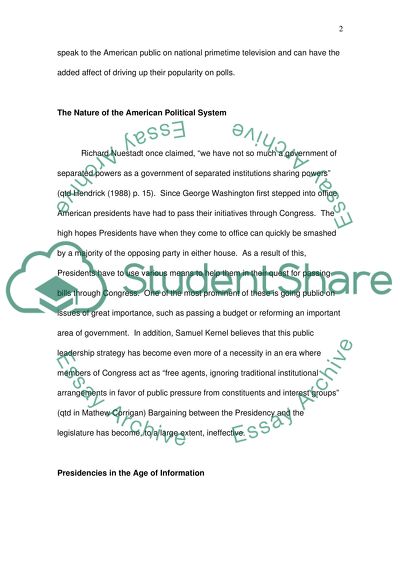Cite this document
(“The Going Public Strategy from Reagan to Bush Essay”, n.d.)
Retrieved from https://studentshare.org/politics/1508065-going-public-strategy-from-reagan-to-bush
Retrieved from https://studentshare.org/politics/1508065-going-public-strategy-from-reagan-to-bush
(The Going Public Strategy from Reagan to Bush Essay)
https://studentshare.org/politics/1508065-going-public-strategy-from-reagan-to-bush.
https://studentshare.org/politics/1508065-going-public-strategy-from-reagan-to-bush.
“The Going Public Strategy from Reagan to Bush Essay”, n.d. https://studentshare.org/politics/1508065-going-public-strategy-from-reagan-to-bush.


